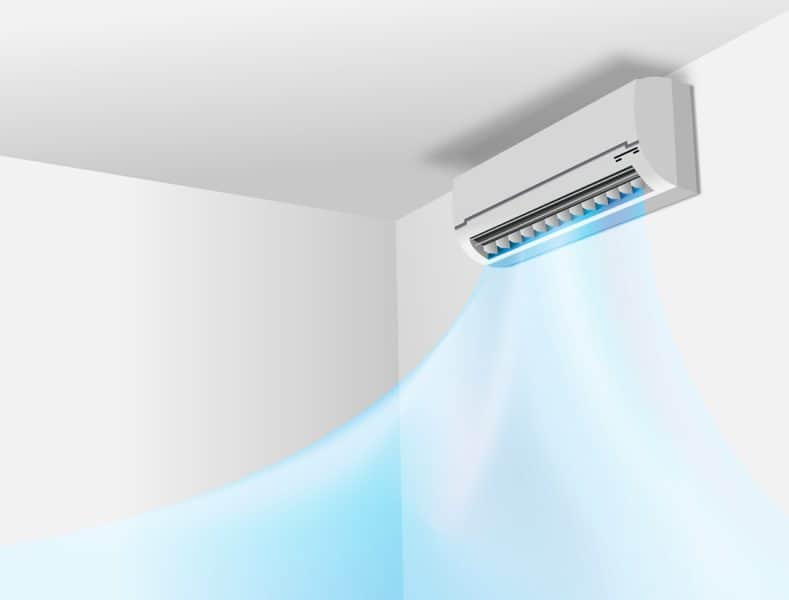Air flow: The circulation or movement of air. That’s what we’re talking about. But, it’s more than just that. There is also air-quality impact. These topics and more is what’s on the roundtable.
Where air flows
Make no mistake: With some of the hottest temperatures being experienced lately, the tendency is for households and businesses to rely heavily on air conditioning systems and individual window-mounted units, evaporative coolers (predominantly in the western U.S.) and fans.
As for the evaporative (or swamp) coolers, these are just as the name implies. They make use of a pool of water contained in a tray or pan.
In a nutshell, the concept is all based around using water as an air coolant and it is this cooler-but-moister air that is then moved (circulated) throughout the living space.
If there is one concern connected with use of this type of system, it would be the humidity index associated with the “conditioned” air: It becomes elevated, which could potentially be problematic for some types of consumer-based electronics devices and/or electrical systems exposed.
Regarding any central cooling (and heating) system, in order to be at its best work-efficiency-wise, it is important that doors to individual rooms be left open. Closing doors to individual rooms limits air flow throughout the living quarters thereby causing the cooling (and heating) apparatus to work harder. This, in turn, can place undue and unnecessary demand on the electric grid which can create upstream consequences such as increased air pollution if the electricity provided is generated non-renewably using fossil fuels – coal-, oil-, or gas-produced, in other words.
For windows and doors to the outside, on the other hand, it is important that those be closed to, here again, protect against electricity-grid-demand-increa
Next in line, fans. These are available in a whole host of configurations and sizes. There are ceiling-, floor- and attic- and roof-based types. These could all be employed for the purpose of moving interior air around or to exhaust fumes, odors and even smoke to the air outside. Use of such can be a big plus in helping improve indoor air quality.
And, last but not least, electricity-based, air-moving consumer goods can give off their own odors. If a product is emitting a burnt or unusual smell of any kind, such could possibly be indicative of a possibly hazardous condition present. Products whose jobs it is to move air should do so without introducing any smells or odors of their own.
Going with the flow
If proper use of said air-circulating devices is maintained, owners and users of these devices can get years of satisfactory operation out of them.
– Alan Kandel
All material copyright 2021.


